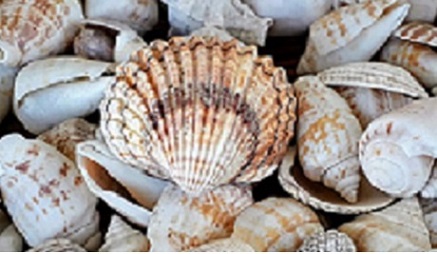
A new paper by Dr Alejandro Gallego Schmid and colleagues from the University of Seville has been published in the journal 'Processes'
23 July 2020
The concrete industry allows the use of large quantities of waste as a substitute for a conventional raw material without sacrificing the technical properties of the product.
The environmental impacts of conventional absorption porous barriers, composed of 86 wt % of natural aggregates and 14 wt % cement, was compared with barriers composed of 80 wt % seashell waste and 20 wt % cement.
The results of the study show that, for the 11 environmental impact categories considered, the substitution of the natural aggregates with seashell waste involves higher environmental impacts, between 32% and 267%. These results are justified by the high contribution to these impacts of the seashell waste pre-treatment and the higher cement consumption. Therefore, the recycling of seashells in noise barrier manufacturing is not justified from an environmental standpoint with the current conditions. In this sense, it could be concluded that life cycle assessments should be carried out simultaneously with the technical development of the recycling process to ensure a sustainable solution.

Nevertheless, in some cases, the recycling process can be undesirable because it does not involve a net saving in resource consumption or other environmental impacts when compared to the conventional production processes.
Read the full paper here:
Photo by George Girnas on Unsplash
